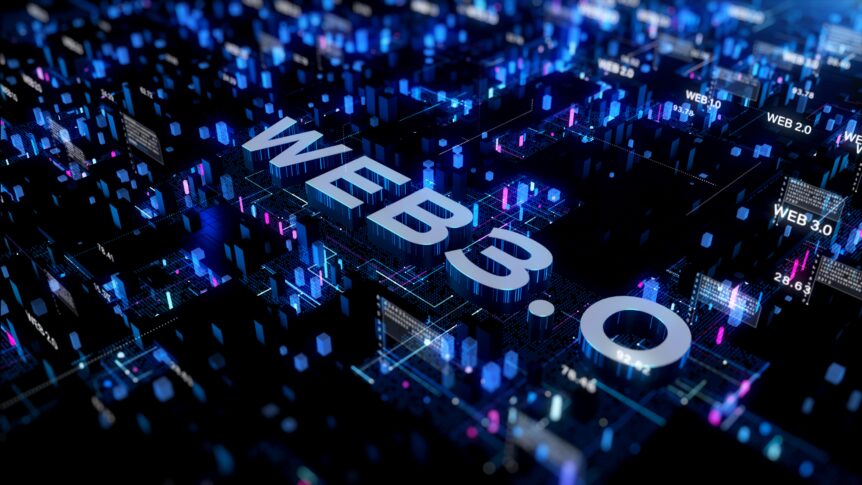Web3.0 is the next generation of web applications, where the user experience is built on open-source APIs. It allows for the development of decentralized applications, which are software programs that run on the blockchain rather than a centralized server. It is an architectural approach to building applications that allows developers to use a standard set of tools and protocols to build a single application that can be used on any device, operating system, or browser.
More specifically, it is a decentralized web framework that allows users to interact with each other and control their own data instead of relying on large corporations or governments to manage it. It is designed to remove the need for centralized servers, which are used by Facebook, Google, and other tech giants to store user data. It is an open-source protocol that uses decentralized networks to connect people and devices around the world. This means that users can access their data from anywhere, as long as they have an internet connection—and it also means that developers can create applications for multiple platforms with one codebase.
Properties and characteristics of Web3.0
Web3 can be thought of as the next generation of web development—one that focuses on building applications with the user in mind and puts users’ financial security first. More fundamentally, it has the following properties and characteristics that it follows:
- Decentralized. The web3 platform is not controlled by any one entity; it is shared between all participants in the system.
- Peer-to-Peer. As with any peer-to-peer network, no single server can control the entire system or access all information. Instead, each person who participates contributes to a shared dataset that is owned by everyone, but no one in particular.
- Immutable. Once data gets added to the blockchain, it cannot be altered or removed (with some exceptions). This ensures that once something has been written down for posterity, it will stay there forever—or at least until someone develops a way to break into an immutable system like this one!
Advantages of Web3.0
As it is an open-source API, Web3.0 makes it easy to build and deploy decentralized applications. It’s an extension of the existing web stack, making it easier to integrate with existing web applications and protocols. In addition to being open source, this API has several other advantages.
The first advantage of using web3 is that it allows for decentralized applications (dApps) to be built in a variety of programming languages and frameworks. DApps are software systems that don’t have central control or ownership, but rather run as open source software on a peer-to-peer network. This means that you can build an application that runs on the blockchain and doesn’t need to rely on any central server or company.
The second advantage is that there are tools available that make developing dApps easier than ever before. These tools include frameworks like Solidity, Truffle, and Embark that allow developers to create smart contracts without having to deal with low-level APIs or learn how the underlying blockchain works (which can be difficult).
More importantly, Web3 apps are safer, because they’re decentralized and don’t require central servers to run. This makes it difficult for hackers to gain access to your information by breaking into one place—instead, they have to break into many different places.

